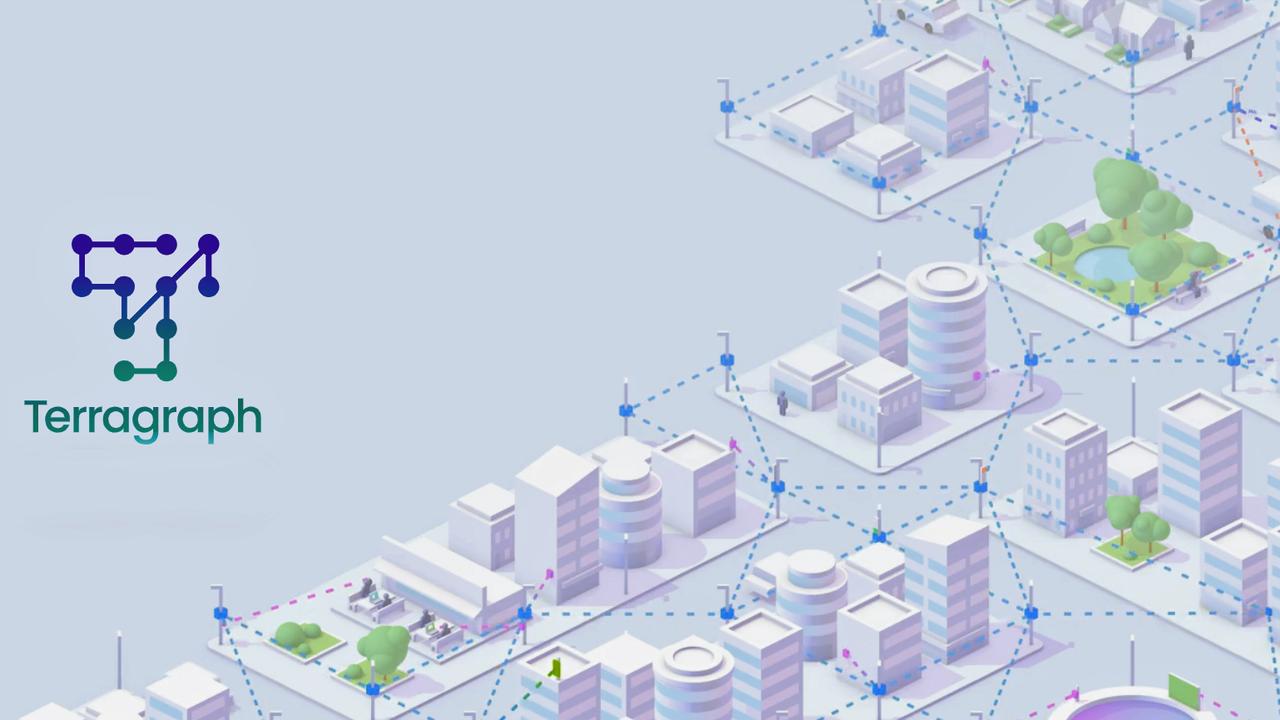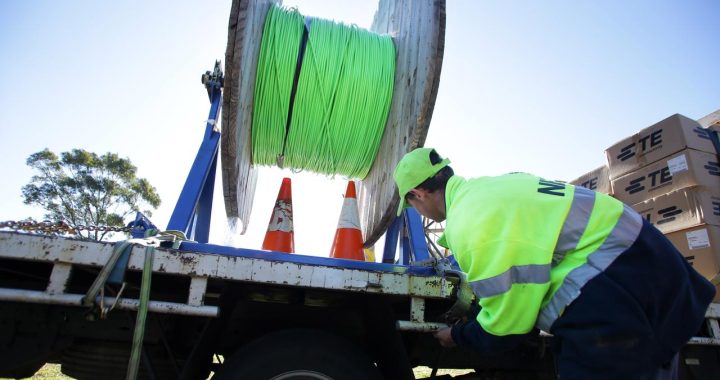Perth-based internet provider Pentanet has matched the fastest residential NBN speeds with wide area wireless. Its neXus network is supplying internet via a mesh wireless network that can deliver almost gigabit internet speeds, similar to the performance of NBN’s Ultra-fast plans delivered over fibre.
Pentanet last week revealed that its new neXus network had clocked upload and download speeds of up to 970 Megabits per second, with average download speeds of 200-500Mbps and upload speeds of 333Mbps.
The neXus network uses radios with Meta’s Terragraph technology that intelligently routes traffic across a mesh network.
Pentanet founder and managing director Stephen Cornish said wireless internet connectivity that could rival the fastest available residential fibre speeds offered a real alternative to retrofitting fibre to existing connections as a last-mile solution.
“It’s a lot better value and easier and cheaper to deploy than fibre everywhere and it’s a lot less intrusive, because you don’t have to dig everything up.”
His comments come as NBN Co continues with a 2020 plan to upgrade around 2 million connections from fibre to the node to fibre to the premises. Those residents would need to purchase NBN Home Fast, Superfast or Ultrafast plans for their upgrade to occur.
READ MORE: Speedy internet hits more regions | Pentanet takes on fastest NBN | How to fix your internet | The amazing race
The Albanese government has announced that the program will be extended to another 1.5 million premises, so 3.5 million additional households would be eligible for NBN’s fastest speeds.
This is additional to 2.2 million connections that were originally built as fibre-to-the-premises that can access Ultrafast speeds. Another 1.5 million premises built originally as fibre-to-the-kerb could also access ultrafast speeds by the end of 2023.
This makes a grand total of 7.2 million users able to opt for speeds approaching a Gigabit using all fibre connections.
NBN says that over time it plans to increase these fastest speeds beyond one Gigabit.
While fibre backhaul remains the artery of the network, the issue is whether it remains necessary to have expensive last mile fibre retrofits.
The coming 5G Millimetre wave (mmWave), microwave, and other multi-Gigabit radio systems are other ways of getting ultrafast internet into people’s homes.

But Ray Owen, chief technology officer at NBN Co, doesn’t see axing last mile fibre as viable for now.
“Mesh technologies have been an important consideration and we have been watching closely the work Meta has done with Terragraph,” Mr Owen said. “This is an exciting open-source effort to help bring unlicensed or class-licensed mesh wireless systems to the access space.
“At the moment we do not believe that we can completely replace fixed access or any current licensed fixed wireless system that NBN Co operates with an open-source, unlicensed or class-licensed system like Terragraph.
“Open source wireless mesh systems rely heavily on the back-end fibre connectivity to feed the mesh system and crucially clear communication and guaranteed transmission paths to the home modems.
“NBN has a mandated 100 per cent coverage stipulation for Australia, which means wireless mesh systems do not meet our requirements for the current fixed and fixed wireless technologies we currently operate and are in the process of upgrading.”
Mr Owen did see wireless mesh as a complementary system to the underlying fixed and licensed fixed wireless system NBN operated and would watch developments.
University of Sydney telecommunications expert Professor Yonghui Li expects Australia to eventually adopt a radio internet solution.
“I think the technology will change very fast with the evolution of 5G and 6G,” he said, adding that we could see throughput as high as 10 gigabits per second. However adoption would depend on the “propagation scenario”.
“I think it is most likely that every home will have a small cell that people call a ‘picocell’ as an access point.”
He said while the coming 5G millimetre wave was good for short range transmission, high rise buildings might use both high band and low band frequencies to achieve both coverage and fast data speeds. This would require “hierarchical architecture” multilayer cell systems.
Professor Li agreed that NBN Co should look more to radio-based last mile solutions to avoid digging up people’s yards to retro-install fibre. How quickly we moved in this direction would depend on how much the government invested in base stations and the density of 5G and 6G deployment, he said.
NBN Co meanwhile has other upgrades in train.
The entire Hybrid Fibre Coaxial (HFC) network comprising 2.5 million premises has already been upgraded to support NBN Home Ultrafast speeds of 500 Mbps to almost 1 gigabit per second following hardware changes in exchanges and software upgrades.
NBN Co is spending $750m – $480m of which was announced by the Albanese government – to upgrade fixed wireless networks in regional and rural areas to 5G technologies including eventually mmWave. This will increase network speeds to a maximum 100Mbps for now and a future potential maximum of 250Mbps download speed for an estimated 85 per cent of customers on that network.
The upgrade also will increase the size of network footprints, which in turn will lessen the number of users forced onto the slower, Sky Muster satellite service by about 120,000, says NBN Co.
In all there are 8.5 million premises on the NBN serving almost 20 million people with another 3.6 million eligible connections.
Published in The Australian newspaper.
